I have a circuit which works on 21V DC and draws 3A maximum current. I need to get it tested to IEC 61000-4-4 and 61000-4-5 standards which are surge immunity tests.
I use a UL certified switch mode power supply to power my unit. The supply actually emits surges which is more than 21V (approximately +/-150V).
So I put in a TVS diode SMLJ22CABCT-ND in my circuit to protect against surges. This diode has a response time of about 5 picoseconds. But the pulses which are given in the surge tests are 8/20 μs pulses of 2KV. which in turn makes the power supply to give out surges as shown in the image. As you can see in the image, the output varies for a few microseconds.


My question is why hasn't the TVS diode suppressed the high voltage. My circuit is damaged by this over voltage.
The schematic of the power circuit is given below.
There is not a lot of protection in the circuit. The 21V is taken for a different interface. I need to find a fix for this rather than designing a new circuit board.

The testing circuit for the IEC 61000-4-5 is standard.
1KV across Live and Neutral; 2KV across Live and Earth, Neutral & Earth (detailed description)

